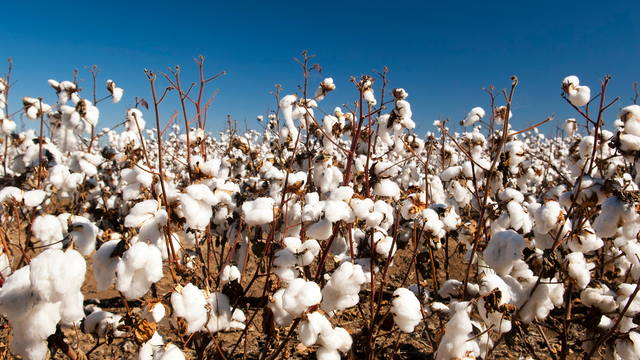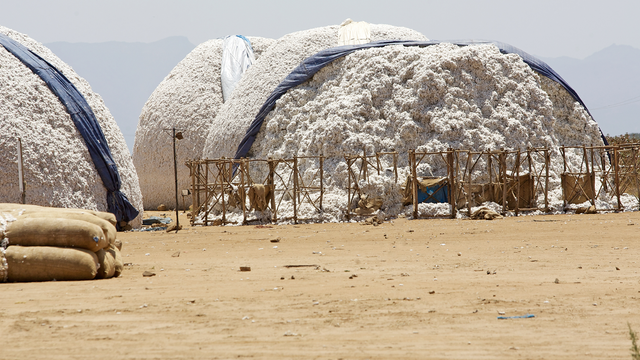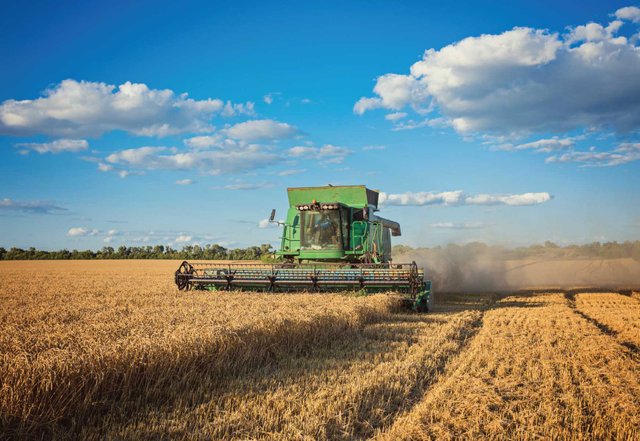SEC | S20W4: "ROLE OF AGRICULTURE IN THE ECONOMY
Home Work 1:
Social and Industrial Roles of Agriculture
.png)
Image source: Canva
In my country, agriculture is really important for both social and industrial aspects. It provide jobs for a large part of the population, contributing about 24% to national GDP. One main crops we grow is cotton, which takes up a lot of land and is essential for both local use and export. The cotton industry give direct income to millions of farmers and workers involved in its production helping to reduce poverty and boost rural development. Additionally cotton is key raw material for textile industries which are crucial for our economic growth. Agriculture also play a roles in ensuring food security and tackling malnutrition by offering the variety of crops and livestock products.
Moreover, agriculture is deeply woven into the cultural life of my country, affecting our traditions, festivals, and everyday activities. The growth of agriculture leads to improvements in rural infrastructure, education, and healthcare, which all contribute to overall rural development. The sector also supplies raw materials for various industries, especially textiles, which is one of the largest sectors in my country. In summary, the social and industrial roles of agriculture are complex, and cotton is a prime example of how it impacts both the economy and society.
Impact of Cotton on Poverty Reduction and Rural Development
Cotton the main agricultural production play a significant role in reducing poverty and promote rural development in my Pakistan. Cotton farming provide direct income to millions of farmers and laborers, which is essential for finishing poverty. When cotton's yields increase, farmers can earn more, which is vital for improving their living conditions. The cotton industry also create many related jobs in processing, transportation, and retail leading to more employment opportunities in rural areas. Profits from cotton encourage investments in many rural infrastructure such as roads, irrigation systems and storage facilities, which help farmers access markets better and promote rural development.
Also, cotton is a key raw material for textile industries, which are important for our economic progress. This connection between agriculture and industry fosters growth in both sectors. The cotton industry also brings in foreign exchange earnings, which can be reinvested into local communities, further boosting economic development. Overall, the cotton crop has been crucial in reducing poverty and enhancing rural development by providing income opportunities, creating jobs, and supporting industrial growth.
Homework 2:
Main Challenges for Pakistan's Top Crops
.png)
Image source: Canva
Pakistan's farming sector is important for the economy, but its facing alot of problem that affect the main crops like wheat, cotton, rice, sugarcane, and maize. These issues can grouped into environmental, economic, and infrastructural challenges.
For the environment, water shortages are a big problem. Farmers are using too much groundwater and the irrigation methods which offcourse not very efficient. Climate change is making things worse with hotter temperatures and weird weather patterns. The soil is also getting worse because of too much farming, which makes it harder to grow crops.
Economicly, farmers have trouble selling their crops because the roads and transport not good. Pests and diseases can destroy harvests, especially when it come for cotton. The cost of every thing include seeds and fertilizers is going up, but farmers don't have enough money to buy them. There's not enough research to make better crop types that can resist diseases and grow more.
The infrastructure is also a big issue. The supply chains are not working well, so it takes too long to get crops from farms to markets. This makes things more expensive for people buying food and gives less money to farmers. Also, many farmers don't know about modern farming methods because there aren't enough people to teach them.
To fix these problems, Pakistan needs to work on using water better, putting more money into research and infrastructure, helping farmers sell their crops easier, and giving them more support and training. If they do this, farming in Pakistan could get alot better and more sustainable.
Homework3:

Image source: Hilal Publications
Government Initiatives Boosting Agricultural Productivity in Pakistan
Though the effort not very efficient but recently Pakistan launched many initiatives to give a much needed boost to agricultural productivity. One of the most significant is the Agriculture Transformation Plan, approved by the Prime Minister. This plan zeroe in on enhancing the output of crops like wheat, rice, and sugarcane. Its all about bridging the yield gap and improving the livelihoods of farmers. By focusing on seed sector reforms mechanization, and better water efficiency the plan aims to make a big impact.
Another well known initiative is the Punjab Resilient and Inclusive Agriculture Transformation Project (PRIAT). With a $200 million budget provided by the World Bank, PRIAT aims to make agriculture in Punjab more resilient to climate change. It promotes climatesmart technologies and helps small farmers improves their water-use efficiency. About 190,000 small farms stand to benefit from this project, which also emphasizes the importance of training and innovative technologies.
There's the Pakistan Agricultural Technology Transfer Activity (PATTA). Which is Funded by USAID, PATTA ran from 2017 to 2021 and focused on improving smallholder farmers access to markets, finance, and modern agricultural technologies. It goals to boost productivity through better seeds, fertilizers, and water management techniques. By connecting local producers with key stakeholders, PATTA helped increase farmers' incomes and modernize agricultural practices.
Solutions to Enhance Agricultural Productivity and Growth
To further improve agricultural productivity and growth in Pakistan, several practical solutions can be put into action. The important one is investment in irrigation infrastructure. Efficient irrigation systems are necessary for ensuring crops get the water they need. Initiatives like the Kachhi Canal can expand the irrigated area, resulting in boosting crop yields.
Research and development (R&D) is another critical area. By investing in highyielding and climat resilient crop varieties, Pakistan can significantly improve agricultural productivity.
Postharvest management is also crucial. Establishing better storage facilities and cold chains can help reduce the significant losses that occur after harvest. This will allows farmers to store their produce for longer periods and sell it at better prices, improving their income.
Financial support for farmers is another key solution. Subsidies for fertilizers, seeds, and machinery can help alleviate some of the financial burdens on farmers. Additionally, enhancing access to credit facilities will enable them to invest in modern farming techniques and technologies.
Strengthening agricultural extension services is also essential. These services can disseminate knowledge about best practices and modern techniques among farmers. Training programs focusing on improved crop management can lead to significant increases in productivity.
Finally implementing climate resilience strategies is the key of success. With changing weather patterns posing a threat to agriculture, promoting climate smart agriculture can help farmers adapt. This includes training on water conservation techniques and sustainable land management practices.
Special invitation to @ahsansharif @Fayaz @jyoti-thelight